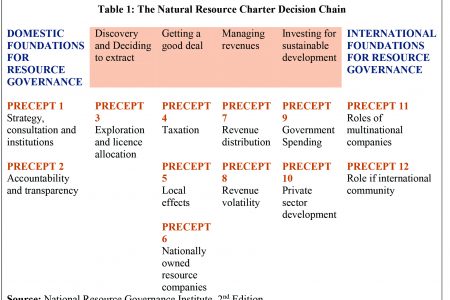
Wrapping up the presentation on Government Take – Part 7
Introduction Today’s column begins the wrap up of my presentation related to Guyana Government Take.

Introduction Today’s column begins the wrap up of my presentation related to Guyana Government Take.
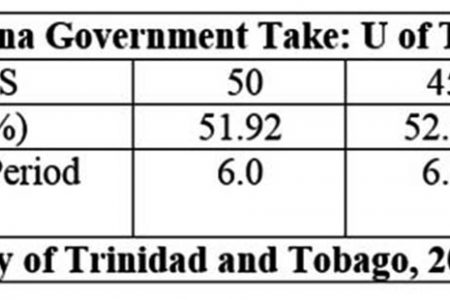
Introduction In today’s column I report on the results of modeled projections of the Guyana Government Take ratio.

Introduction In today’s column, the focus of this intended re-visit of my previous evaluations of the Guyana Government Take and Reported Hydrocarbon Reserves shifts its attention to my reporting of published measures of the Take ratio for Guyana.

Introduction Today’s column is the fourth in my recently introduced sub-series of columns on the topic of Guyana Government Take and Reported Reserves This is due to the private urgings of several readers who have been pressing me to re-visit my previous columns on this topic.
Introduction While as indicated last week, over the years Production Sharing Agreements, PSAs, have given rise to well documented generic critiques of their processes, as hinted towards the end of that column, they have also proved to be from the very outset dynamic and even disruptive, as a novel social construct, to the then ruling order of transnational crude oil exploration, development, production, and marketing legal contracts.
Introduction As readers are aware, I usually indicate well beforehand the topics I intend to address over an extended period, going forward.

Introduction Four weeks ago, I had substituted my scheduled re-visit of the Buxton Proposal and its recommendations, for a more comprehensive appraisal of the premier position, which I have accorded to the goal of poverty reduction in the spending of Guyana’s expected windfall petroleum revenues and earnings.

Introduction Last week’s column used the World Bank’s systematic country diagnostic, SCD, of Guyana, to unravel the embedded obstacles to the country’s lack of inclusive development along with the grim persistence of poverty up to the advent of its windfall oil finds in 2015.
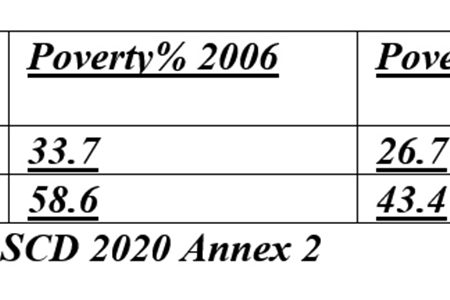
Introduction Two remarkable reports on Guyana were separately published by two leading international organizations towards the end of the first year of Guyana’s First Oil.

Introduction The list of topics that I had proposed some weeks ago indicating what I intended to revisit going forward, along with an updating of my recommendations on these, identifies the Buxton Proposal as being the next topic.

Introduction Last week’s column asserted that, logically, any serious critique of Guyana’s Natural Resource Fund, NRF, ought to be pursued at two hierarchical levels of abstraction.
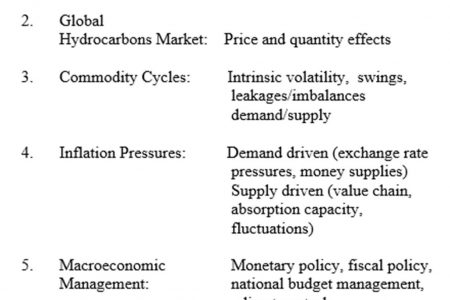
Introduction In today’s column I wrap- up last week’s presentation dealing with the economic rationale behind the creation of a state-owned NRF or SWF to be used for effective regulation of the anticipated medium-term boom in oil revenues and the efficient spending of same revenues.
Today’s column starts my revisit of the Guyana Natural Resource Fund, NRF, alternatively termed Sovereign Wealth Fund, SWF.
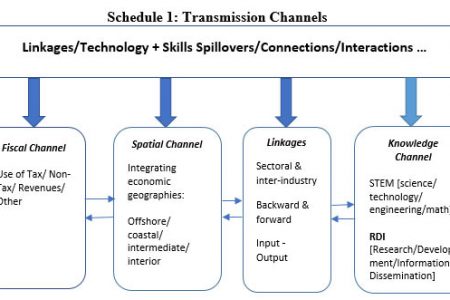
Introduction Today’s column re-visits my original advisement on local content requirements.

Introduction OPEC It is not my purpose here and now to repeat the several earlier assessments of OPEC I have made since the start of this series on Guyana’s emerging oil and gas sector back in 2016, save and except to recall that OPEC is an inter-governmental body, which has declared its primary goal as the coordination and unification of its members’ petroleum policies.

Introduction Today’s column and next week’s will address the first of six broad strategic policy choices or actions that I propose the Authorities satisfy before the mid-2020s.
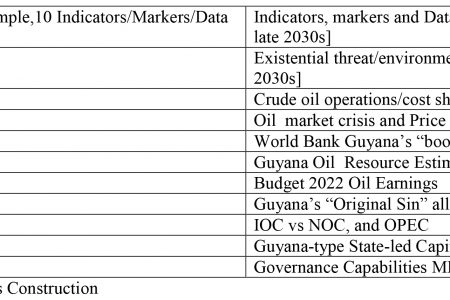
Introduction Following several comments and queries sent by readers I have come to the realization that, perhaps due to the length of the present series and complementing that, the irregularity of some readers of the columns, not surprisingly some of the readers have lost track of the sequence of the treatment on which I am presently proceeding.

Introduction Today’s column wraps-up my highlighting of the role of governance of Guyana’s emerging oil and gas sector as an indicator of its prevailing condition.

Introduction Today’s column begins with my wrap-up of last week’s column.

Introduction Today’s column has two aims. First, wrapping up my appraisal of the TIGI’s assertion that granting licences for 317 blocks, instead of 60 blocks, as the PSA requires, has had catastrophic domino consequences for Guyana’s emerging oil and gas sector.
The ePaper edition, on the Web & in stores for Android, iPhone & iPad.
Included free with your web subscription. Learn more.